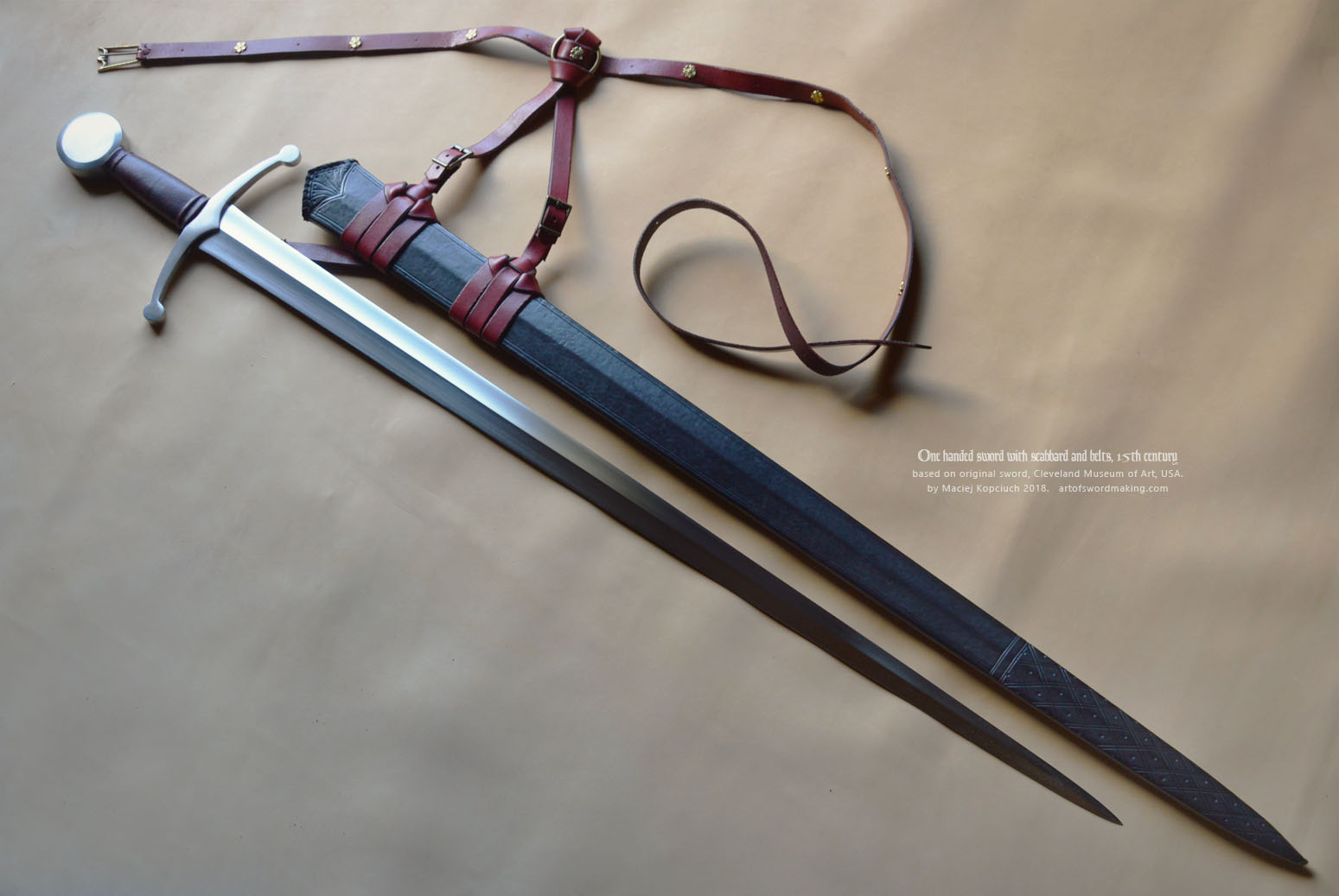Pelage Sword Maker: Guardians of a Timeless Craft
Pelage Sword Maker stands as a beacon in the world of swordsmithing, revered for its unmatched craftsmanship and commitment to the ancient art of sword making. With a heritage rooted in medieval Europe, Pelage Sword Maker has evolved through the ages, seamlessly integrating traditional techniques with modern advancements. Known for their meticulous attention to detail—from selecting the finest high-carbon steel to the intricate engravings on each blade—Pelage Sword Maker has earned a reputation for excellence. Collectors and enthusiasts alike prize these swords not only for their beauty and functionality but also for their profound historical significance.
Pelage Sword Maker: A Tradition of Unparalleled Craftsmanship
Pelage Sword Maker has long been celebrated for its exquisite swords, which harmoniously blend historical craftsmanship with modern-day techniques. Tracing its lineage back to medieval Europe, Pelage Sword Maker has preserved the ancient traditions of sword making, refining them over generations. This dedication to maintaining the integrity of medieval craftsmanship while embracing innovation has solidified Pelage’s position as a leader in creating swords that honor history and exhibit extraordinary artistry.
From Medieval Roots to Modern Excellence
The origins of Pelage Sword Maker can be traced back to medieval Europe, a time when sword making was a revered and essential craft. Initially catering to the needs of knights and warriors, the art of swordsmithing evolved to adapt to changing warfare and societal values. As these techniques were passed down and perfected through generations, Pelage Sword Maker became synonymous with high-quality, durable swords. This evolution also reflects the diverse cultural influences that European swordsmiths encountered through trade and conquest. Today, Pelage Sword Maker continues this storied tradition, crafting swords that embody centuries of expertise and artistry.
Upholding the Legacy of Medieval Swordsmithing
Pelage Sword Maker is deeply committed to preserving the authentic techniques of medieval sword making. This involves the careful, hand-forged processes, the precise selection of materials, and the artisanal skills needed to create weapons that are both functional and aesthetically pleasing. By adhering to these traditional methods, Pelage Sword Maker ensures that each sword is not only a formidable tool but also a historical artifact. This commitment to medieval craftsmanship is not merely a homage to the past but a profound respect for the artistry and skill that defined an era, with each sword serving as a tribute to this enduring craft.
The Craft of Creating a Pelage Masterpiece
The journey of crafting a Pelage sword begins with the meticulous selection of high-carbon steel, valued for its strength and sharpness. The process involves heating the steel to extreme temperatures, allowing it to be expertly shaped through hammering. This forging technique is central to Pelage Sword Maker’s craft, ensuring that each blade is strong, flexible, and perfectly balanced. The precision in shaping the steel is crucial, as it lays the foundation for the sword’s overall quality. The resulting blades are masterpieces, showcasing the skill and dedication of the artisans involved in their creation.
Selecting and Preparing Premium Steel
The quality of a Pelage sword begins with the careful selection and preparation of high-carbon steel, known for its durability and ability to hold a sharp edge. The process starts with selecting the best raw steel, which is then purified and alloyed to achieve the desired characteristics. This involves removing impurities and adding specific elements to enhance the steel’s hardness and flexibility. The prepared steel is then formed into bars, ready for the forging process. This rigorous preparation phase is critical, as it determines the sword’s durability and performance, ensuring that each blade meets Pelage Sword Maker’s exacting standards.
The Art and Science of Blade Forging
Forging lies at the heart of Pelage Sword Maker’s process, where raw steel is transformed into a beautifully crafted blade. The steel is heated to high temperatures, making it malleable enough to be shaped by hammering. This process, often repeated multiple times, aligns the metal’s grain structure, enhancing its strength and flexibility. Skilled smiths carefully control the blade’s shape and thickness, ensuring perfect balance and weight distribution. The forging process not only defines the sword’s physical attributes but also imparts a unique character, with each hammer strike leaving an indelible mark, making every Pelage sword a one-of-a-kind creation.
Mastering Tempering and Hardening
Tempering and hardening are essential steps in ensuring the durability and sharpness of Pelage swords. After forging, the blade undergoes tempering, where it is reheated and then rapidly cooled, usually by quenching in oil or water. This process alters the steel’s microstructure, giving it the desired hardness and flexibility. Precise control of temperature and cooling is vital, as it directly affects the blade’s resilience and sharpness. Pelage Sword Maker’s expertise in these techniques ensures that each sword not only performs exceptionally but also stands the test of time.
Techniques for Durability and Edge Retention
To achieve the ideal balance between durability and sharpness, Pelage Sword Maker uses a blend of traditional and modern techniques. This includes carefully controlling the steel’s carbon content, which impacts its hardness and edge retention. The blade undergoes precise heat treatments, such as quenching and tempering, to harden the surface while maintaining a tough, flexible core. This process ensures that the sword can withstand impact without breaking and can be sharpened to a razor’s edge. The final sharpening is done by hand, ensuring meticulous attention to detail and guaranteeing the blade’s exceptional sharpness and longevity.
The Science Behind Sword Tempering
The processes of tempering and quenching are critical to the creation of a Pelage sword, involving controlled heating and cooling to alter the steel’s properties. After the blade is forged, it is reheated to a specific temperature and then rapidly cooled in a medium like oil or water, which hardens the steel by changing its microstructure. Tempering follows, where the blade is heated to a lower temperature and then slowly cooled, reducing brittleness while balancing hardness with flexibility. The scientific precision behind these steps ensures that each Pelage sword is both durable and resilient.
The Artistry of Pelage Sword Design
Pelage Sword Maker is celebrated not just for the functionality of its swords but also for their stunning design. The craftsmanship extends beyond the blade to include intricate engravings, inlays, and hilt decorations. These artistic elements often draw from historical motifs and symbols, adding a layer of cultural significance to each piece. The balance of the swords ensures they are practical for use while also serving as beautiful display items. Pelage Sword Maker’s commitment to merging functionality with artistic expression has made their swords highly desirable among collectors and enthusiasts.
Detailed Engravings and Decorative Inlays
Pelage Sword Maker is known for its elaborate engravings and inlays, which add a distinct aesthetic to each sword. These intricate designs often feature historical symbols, mythological figures, or personal emblems, carefully carved into the blade or hilt. The engravings are created using a combination of traditional techniques, such as chiseling and etching, and modern methods for precision. Inlays made from precious metals or stones are meticulously set into the sword, enhancing its visual appeal. These artistic elements not only beautify the weapon but also tell a story, reflecting the owner’s identity or cultural heritage. Each engraved and inlaid sword is a unique masterpiece, celebrating both artistry and craftsmanship.
Harmonizing Function and Art
Pelage Sword Maker excels in balancing the functional aspects of a sword with its artistic beauty. While the primary function of a sword is as a weapon, Pelage ensures that each piece is also a work of art. This balance is achieved through careful attention to detail in both the construction of the blade and the decorative elements. The swords are designed to be perfectly balanced, ensuring ease of use in combat, while the aesthetic components, such as engravings and hilt designs, enhance their visual appeal. This dual focus on functionality and beauty makes Pelage swords highly valued by both martial artists and collectors, who appreciate the blend of utility and artistry.
Innovation Meets Tradition at Pelage Sword Maker
While Pelage Sword Maker’s roots are firmly planted in tradition, the company embraces modern technology to enhance the quality and precision of their swords. The use of Computer-Aided Design (CAD) allows for meticulous planning and design refinement, ensuring that each sword meets the highest standards. Advanced metallurgy techniques further enhance the properties of the steel, providing consistency in strength and performance. These innovations do not replace traditional methods but rather complement them, allowing Pelage Sword Maker to produce swords that honor historical craftsmanship while benefiting from contemporary advancements. This fusion of old and new ensures that each sword is a true masterpiece.
The Precision of Computer-Aided Design
Pelage Sword Maker utilizes Computer-Aided Design (CAD) to elevate the precision and consistency of their swords. CAD enables detailed planning and visualization of each sword’s design, ensuring that all components fit together seamlessly. This technology allows the craftsmen to experiment with different shapes, proportions, and decorative elements before the forging process begins. CAD also helps optimize the sword’s structural integrity and balance, resulting in a product that meets high standards of both aesthetics and functionality. While traditional craftsmanship remains central to Pelage’s approach, the integration of CAD allows the company to push the boundaries of design and innovation.
Cutting-Edge Metallurgy for Superior Blades
Modern metallurgy plays a pivotal role in ensuring the consistent quality of Pelage swords. By employing advanced metallurgical techniques, Pelage Sword Maker can precisely control the properties of the steel used in their blades. This includes alloying the steel with specific elements to enhance its hardness, toughness, and corrosion resistance. Techniques such as vacuum melting and controlled rolling are used to achieve a uniform grain structure, essential for the steel’s strength and durability. These processes ensure that every sword produced meets exacting specifications, providing consistent performance and longevity. Pelage Sword Maker’s dedication to advanced metallurgy underscores its commitment to excellence in both craftsmanship and material quality.
Conclusion
Pelage Sword Maker exemplifies the perfect balance between tradition and innovation in the world of sword crafting. Their work showcases a profound respect for historical sword-making techniques, combined with a passion for creating both functional and stunning pieces of art. Through their expert craftsmanship, they not only preserve the rich heritage of sword-making but also inspire future generations of artisans to carry on this timeless tradition.
For collectors, history enthusiasts, or anyone who appreciates the artistry of fine craftsmanship, the swords from Pelage Sword Maker offer more than just a blade—they offer a connection to a world where tradition and modernity coexist. Each sword crafted by Pelage tells a story of skill, dedication, and the enduring legacy of sword-making.
Stay in touch to get more news & updates on Forbes Insta!






